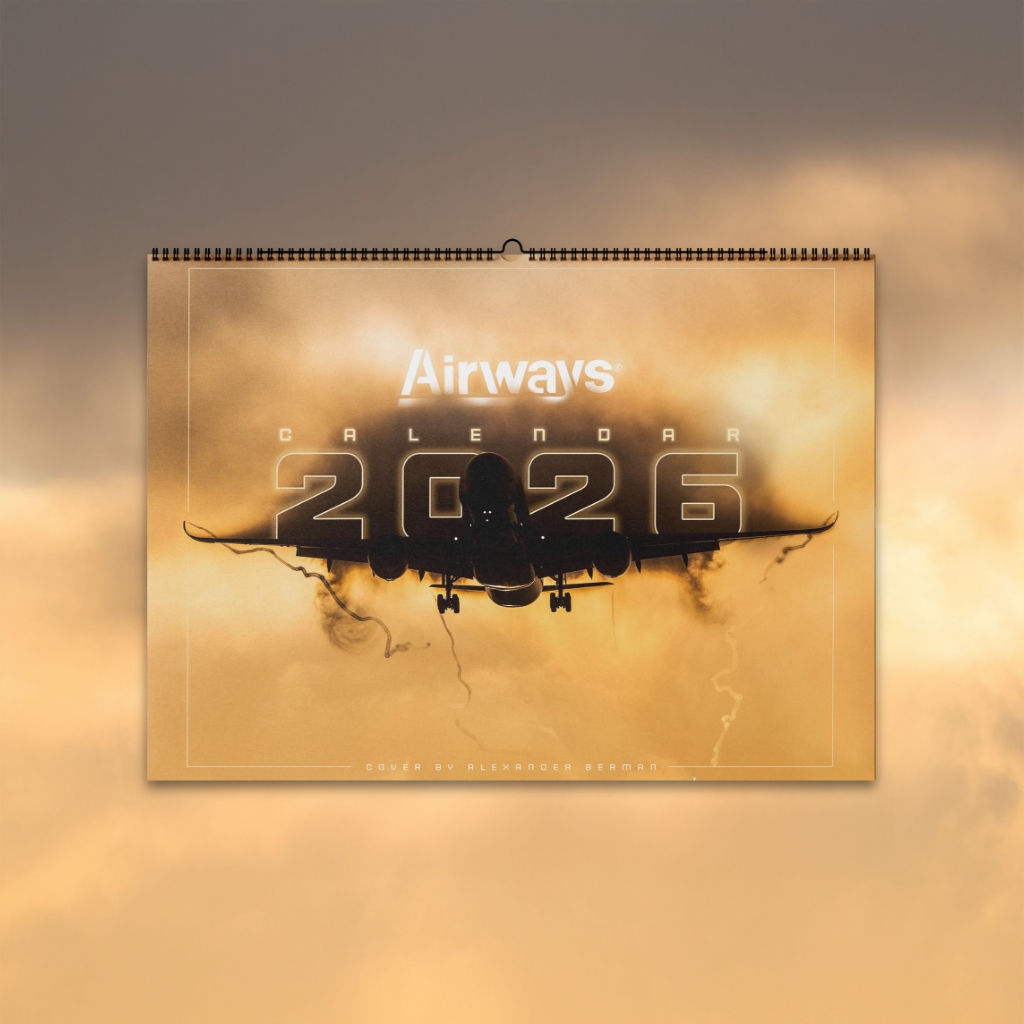HAFNARFJÖRÐUR — As part of the Mid-Atlantic Icelandair (FI) tradeshow, Airways was invited to explore the carrier's newly opened headquarters in Hafnarfjörður, a town on the outskirts of Reykjavík just a 20-minute drive from Keflavik International Airport (KEF).
This new facility doesn’t simply centralize the airline’s operations—it also houses a modern training center, thanks to a joint venture between CAE (33%) and FI (67%).
CAE Inc., a leader in simulation technologies and aviation training services, operates the training center. These centers provide training solutions for pilots, cabin crew, and maintenance technicians in various sectors, including commercial aviation, business aviation, and defense.
They have advanced flight simulators, classrooms, and virtual reality tools to deliver theoretical and practical training.

Our tour begins in the morning, and Icelandair Chief Pilot Linda Gunnarsdottir and Head of Training Gudmundur Tomas Sigurdsson greet us. We then have an overview of the activities performed in the training center.
The Training Center provides theoretical and practical training for crew and theoretical training for mechanics. It houses three full-flight simulators for Boeing 737 MAX, Boeing 757, and Boeing 767 aircraft, all designed to replicate specific aircraft models' flight characteristics and systems.
A new Airbus A320-family simulator (including the A321) is being installed to support Icelandair’s recent introduction of the Airbus A321 into its fleet. It also offers a Fire and Smoke trainer, where crews train to put out the fire in a room full of smoke, where real scenarios are simulated.
We had the opportunity to talk with Linda, who told Airways, “While the 737 MAX has proven dependable (and was well-supported by an in-house simulator even during the global MAX grounding), the carrier is adding Airbus A321s to replace its stalwart 757s by 2027. […] Managing five different type ratings means carefully assigning crews to the right planes and ensuring every pilot’s certifications stay current.”
Gudmundur told Airways, “Every pilot typically goes through five days of classroom instruction and four days of simulator drills, designed to cover everyday procedures and high-stress situations they hope never to encounter. In the winter of 2024, the airline plans to focus heavily on type ratings for the Boeing 737 and newly introduced Airbus aircraft, requiring as many as 18 classroom days and 13 simulator sessions per pilot. This seasonal rhythm and the courses' breadth have led some employees to nickname the training center ‘Iceland’s biggest university’”.
Before our tour begins, a bit of data: 54% of the hours in the training center are used by Icelandair, while 46% of those are sold to other airlines, such as Cygnus Air, DHL, Challenge Airlines, Swift Air, and West Atlantic. An impressive number of crews from overseas are estimated to spend between 3,000 to 4,000 hotel nights in Iceland.
The tour starts with the first part of the training center, where crews can familiarize themselves with the emergency evacuation procedures when evacuating a plane, such as how to open the door safely. Two models, the 767 and the 737, are placed above an elevated platform, where a floating raft and the evacuation slide of the 757 are inflated, allowing crews to familiarize themselves.
We now move to what I think is the most interesting part of the tour: the full-flight simulator.

Full-flight Simulator
Icelandair has three full-flight simulators: one for the 737 (NG and the MAX), one for the 757, and one for the 767, which we reserved for today. Notably, 82% of all the hours in the 767 (5266 hours in 2024, accounting for 41% of the total hours of simulators use) are sold to other airlines rather than used by FI.
While the 757, the backbone of FI's fleet until the advent of the Boeing 737 MAX, logged 3566 hours in 2024 (28%), the airline expects a new SIM for its latest addition, the Airbus A321, by 2025.
The flight simulator operates nearly 24 hours a day, seven days a week, ensuring pilots undergo continuous training in real-life simulated conditions. They spend countless hours inside, preparing for scenarios they hope never to encounter in real life but must be ready to handle.
Every detail inside the simulator mirrors the actual cockpit of the aircraft, from the instrument panels to the controls, creating an immersive experience.
Behind the pilots, two additional seats are positioned—one for the examiner, who monitors and evaluates every action, and another for the technician responsible for maintaining the simulation. Instructors can manipulate various conditions through a touch-screen control panel, simulating different airports, extreme weather, and real-time air traffic control scenarios.
Every element is designed to replicate real-world challenges, pushing pilots to train their skills in an environment that feels as close to reality as possible.


Boeing 737 Mock Up
The tour continued with a visit to a full-scale 1:1 mock-up of the Boeing 737, an essential training tool for cabin crew. Here, flight attendants familiarize themselves with evacuation procedures and the precise location of all safety equipment, such as fire extinguishers and infant life vests. This hands-on environment helps crew members prepare for any emergency.
The mock-up doesn’t just look like the real aircraft—it sounds like it too. It can replicate all the noises heard in flight, including those we hope never to hear, such as an engine failure caused by a bird strike.
To improve realism, the fake cabin windows display video projections simulating exterior conditions, helping create what can be called “an immersive experience.” An emergency slide is also installed at the 1L door, allowing the crew (and, in this case, the entire media group) to practice the complete evacuation process.

Training for Fire
We used the emergency slide to reach the final leg of the tour: the Fire Box, a training space designed to simulate real onboard fire scenarios. Inside, different sections of an aircraft cabin are recreated to allow crew members to train in a controlled environment.
With the press of a button, fires ignite in various locations, challenging the crew to react and follow the correct procedures. Flames may appear in a passenger seat, from an overheating electronic device, or inside a lavatory—each scenario requiring a different response.

A complete collection of safety equipment is available for training. Among these are specialized life vests with attached training mannequins, which are used to simulate infants and small children on board.

After the visit to the Fire Box, the group returned to the main lobby of the new HQ, where a large screen displayed the real-time positions of every FI aircraft in the sky.
The new training center is a cutting-edge facility designed to prepare crews for every possible scenario. Its advanced simulators and immersive training environments prepare FI's personnel for any situation.
However, we can only hope that the emergencies rehearsed here remain just that—simulations, never realities.


Stay connected at every stop along your journey! Get any Saily mobile data plan at 5% off with the code AIRWAYSMAG5 + up to 5GB free!




.webp)
